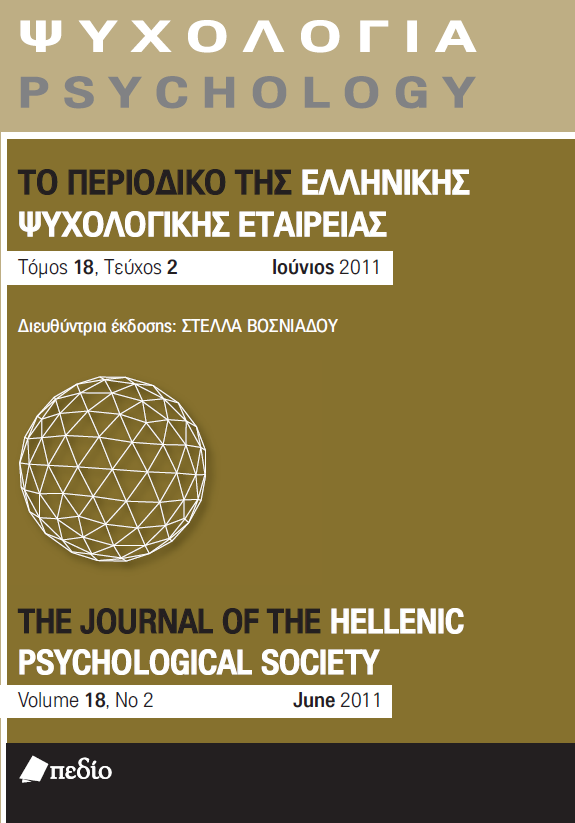The obesity stigma and its consequences on children’s social and emotional functioning: a literature review

Abstract
Obesity does not only raise health concerns, it can also have serious psycho - logical consequences. As the prevalence and severity of childhood obesity is increasing research has focused on its psychosocial consequences on children’s functioning. There is a consensus among the researchers that the main source of these problems lies in
the social stigmatism of obesity. The aim of this literature review is to present the development and the prevalence of obesity stigma and its consequences on children’s social and emotional life. In the first part
the emergence and the developmental course of anti-fat bias are presented, its content and the research methods that have been developed for its study. In the second part the consequences of anti-fat bias on body dissatisfaction, low self-esteem, bullying and teasing behaviours and social marginalization are presented. The findings suggest that there is a widespread discrimination against the obese. The need for exploring potentially preventive factors and intervention efforts is discussed.
Article Details
- How to Cite
-
Ν. Κορνηλάκη Α. (2020). The obesity stigma and its consequences on children’s social and emotional functioning: a literature review. Psychology: The Journal of the Hellenic Psychological Society, 18(2), 176–191. https://doi.org/10.12681/psy_hps.23716
- Issue
- Vol. 18 No. 2 (2011)
- Section
- REVIEWS

This work is licensed under a Creative Commons Attribution-ShareAlike 4.0 International License.
The journal PSYCHOLOGY adopts a Platinum open-access policy. Submission, processing or publication costs are waived by the Hellenic Psychological Society. Papers published in the journal PSYCHOLOGY are licensed under a 'Creative Commons Attribution-ShareAlike 4.0 International' licence. The authors reserve the copyright of their work and grant the journal the right of its first publication. Third-party licensees are allowed to use the published paper immediately after publication as they wish, provided they retain the defined by the license copyright formalities, regarding the reference to its author(s) and its initial publication in the journal PSYCHOLOGY. Moreover, any adjusted work should be shared under the same reuse rights, so with the same CC license.


